STATIC CALCULATION OF FINE-GRAINED CONCRETE WITH PARTIAL REPLACEMENT OF PORTLAND CEMENT WITH ETHIOPIAN DIATOMITE
STATIC CALCULATION OF FINE-GRAINED CONCRETE WITH PARTIAL REPLACEMENT OF PORTLAND CEMENT WITH ETHIOPIAN DIATOMITE
Abstract
Diatomite is a chalky sedimentary rock composed of fossilized skeletal remains of single-celled aquatic plants called diatoms. While diatomite deposits are found globally, concentrations of sufficient purity for commercial applications are relatively rare. This study conducted a comparative analysis of the deformed state (deflection and strain) of a three-dimensional, nonlinear, reinforced concrete beam made with fine-grained concrete, where 10% of the cement was replaced by diatomite. The analysis was performed using the finite element method in ANSYS software. Static calculations of two differently composed reinforced concrete beams from a middle floor were conducted. The results showed similar performance in terms of stress distribution and load-bearing capacity, with the diatomite-modified concrete offering potential benefits in reducing the overall dead weight of the structure.
1. Introduction
Ethiopia is currently facing significant challenges in the construction sector due to the scarcity and high cost of cement. This has resulted in slow project completion times and inflated building costs. The demand for Portland cement far exceeds local production, exacerbating the shortage. Addressing this issue requires innovative solutions that utilize locally available materials to create affordable alternatives without compromising quality. To reduce the reliance on Portland cement, various organic and inorganic materials are used worldwide as supplementary cementitious materials. These include fly ash, crushed bone, bone ash, metakaolin, and coffee ash, which enhance cement's strength, durability, and sustainability. In the context of Ethiopia, fly ash can be sourced from industrial byproducts, while coffee ash, a local agricultural waste product, offers a promising and sustainable alternative. Further research and testing could determine the optimal blend ratios to ensure cost-effective production of cementitious materials in Ethiopia. A report by the Geological Survey of Ethiopia stated that Ethiopia has substantial diatomite resources throughout the country, but deposits of commercial value are mainly found in the Rift Valley and the Afar depression. The Rift Valley includes the Adami-Tulu, Gade-Mota, Chefe Jilla and Abiyata deposits, which together amount to more than 40 million tons
. Diatomite, a silica-rich natural resource with a range of valuable properties such as low density, high porosity, and excellent heat-insulating capabilities. Its high silica content makes it an ideal mineral additive for cement. Diatomite can be processed into a fine powder and used to partially replace Portland cement in concrete mixes. This not only reduces costs but also enhances the thermal and insulating properties of concrete, making it suitable for energy-efficient building designs.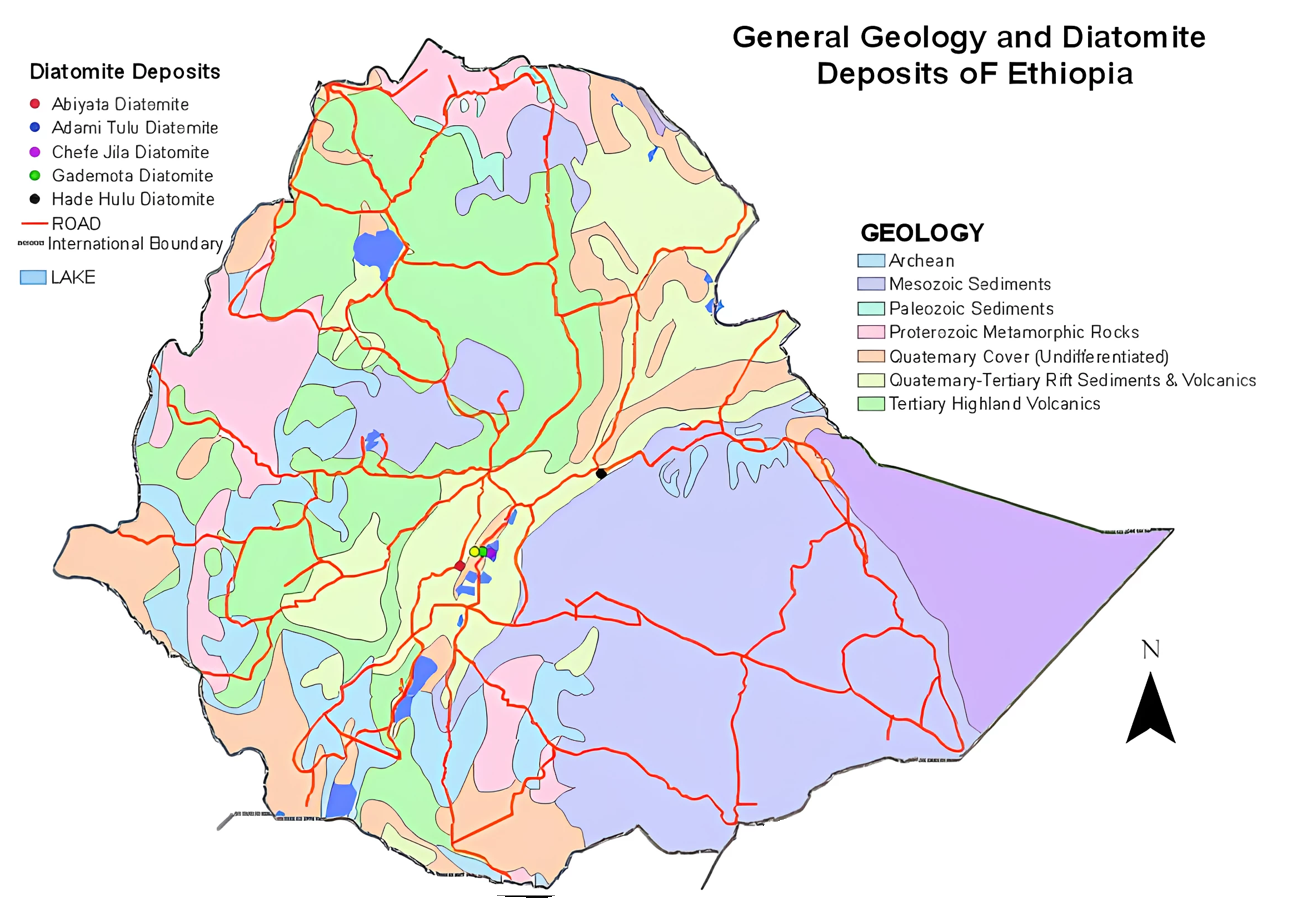
Figure 1 - Geological map of Ethiopia with diatomite deposit
Note: source [1]
2. Research methods and principles
This study explores the effect of Ethiopian diatomite on the properties of concrete with a characteristic compressive strength of 25 MPa, a grade commonly used in general construction. By partially replacing cement with diatomite, the research aims to evaluate potential improvements in concrete performance, such as weight reduction, durability, and sustainability.
2.1. Materials
2.1.1. Diatomite
By reviewing relevant scientific studies done on diatomite chemical and physical characteristics, this research aims to assess the suitability of diatomite as a supplementary cementitious material. Tables 1 and 2 present the chemical composition and physical properties of diatomite, as analyzed by Mutakin H. . Additionally, Table 3 provides a comparative analysis of the chemical composition of diatomite samples from different regions in Ethiopia .
Table 1 - Chemical composition of the reference sample of diatomite
Composition of diatomite,% | ||||
SiO2 | Al2O2 | MgO | CaO | TiO2 |
56,00 | 6,5 | - | - | 1,5 |
Note: source [2]
Table 2 - Physical properties of the diatomite reference sample
Bulk density, kg/m3 | Specific gravity dry | Specific gravity of dry saturated surface | Absorption, % | Coarseness modulus |
668 | 0,99 | 1,41 | 43,77 | 2,2 |
Note: source [2]
Table 3 - Chemical composition of diatomites from Ethiopia
Diatomite composition,% | |||||
Samples | SiO2 | Al2O2 | MgO | CaO | TiO2 |
1 | 92 | 0,05 | 2,4 | 0,01 | 0,11 |
2 | 91,7 | 3,61 | 0,33 | 0,57 | 0,6 |
3 | 89 | 3 | 0,7 | 0,4 | 0,2 |
4 | 79,56 | 6,54 | 0,79 | 2,45 | - |
5 | 74,37 | 8,416 | 1,45 | 1,9 | - |
6 | 74,3 | 8,07 | 0,47 | 0,48 | 0,11 |
7 | 67,2 | 10,09 | 0,63 | 1,36 | - |
8 | 37,58 | 5,23 | 0,74 | 32,99 | - |
9 | 69,2 | 9,49 | 0,64 | 1,63 | - |
10 | 72,3 | 6,07 | 0,23 | 0,4 | 0,21 |
∑/10 | 74,7 | 6,1 | 0,8 | 4,2 | 0,1 |
Note: source [3]
A comparison of Tables 1 and 3 reveals that Ethiopian diatomite, on average, exhibits favorable quality, particularly due to its high content of key cementitious components such as CaO and SiO₂.This suggests that the diatomite used in the reference study is representative and suitable for use as input data in this analysis, especially for the first concrete mix variant. As a result, the findings from the previous study can be confidently applied to inform the current investigation.
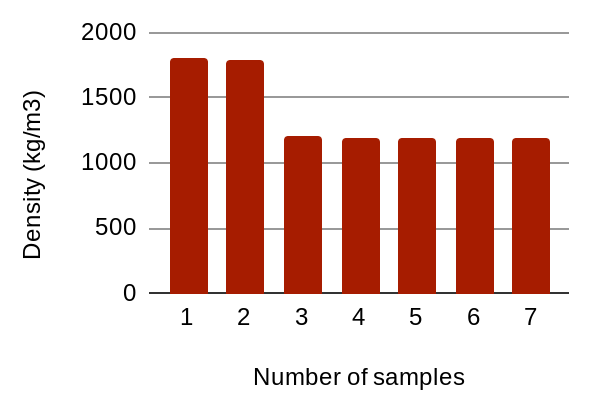
Figure 2 - Average density of concrete mixtures sample with diatomite
Note: source [2]
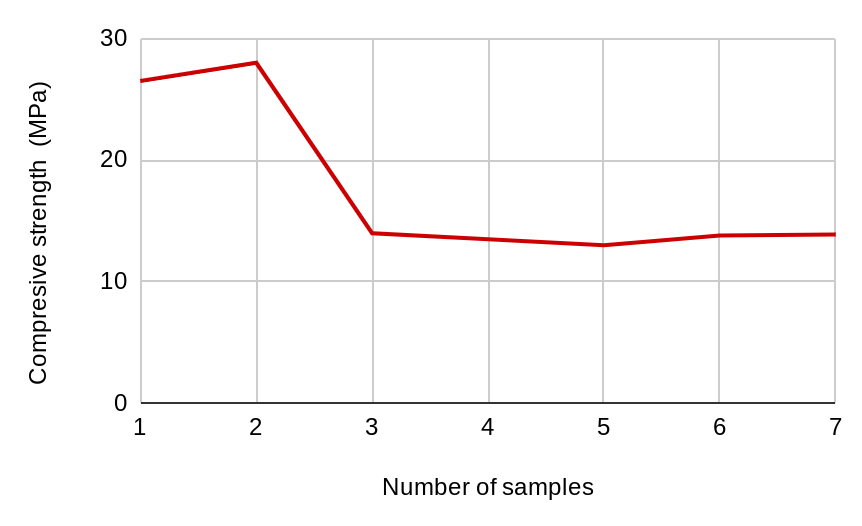
Figure 3 - Compressive strength for concrete mixtures with diatomite
Note: source [2]
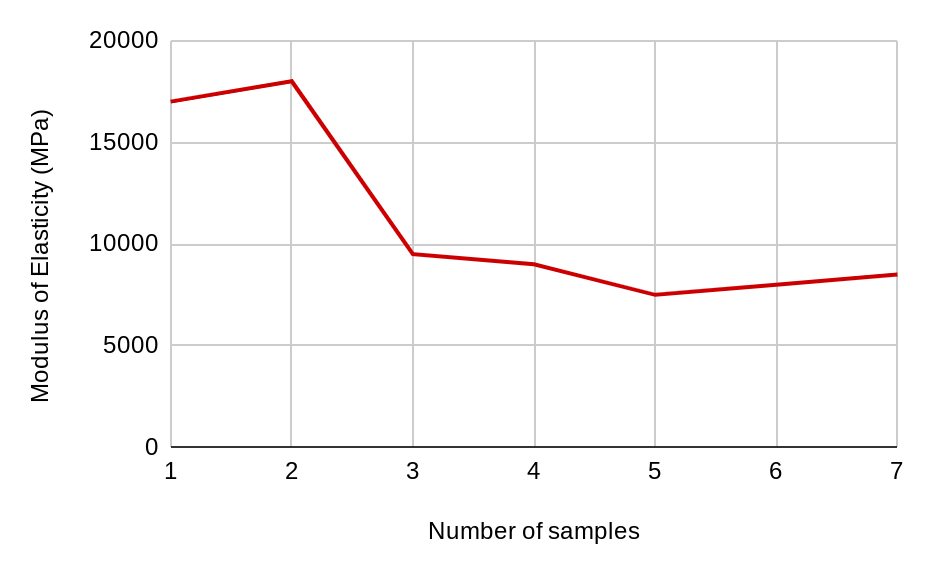
Figure 4 - Modulus of elasticity for concrete mixtures with diatomite
Note: source [2]

Figure 5 - Change in compressive strength of concrete with partial replacement of cement with diatomite
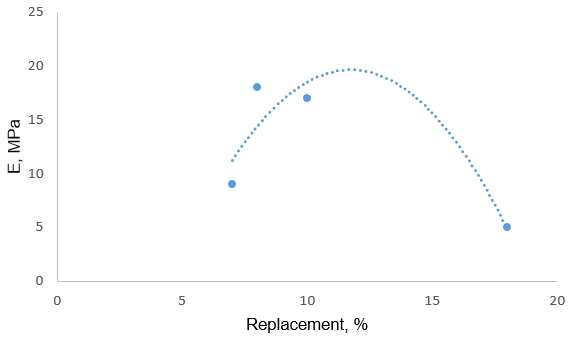
Figure 6 - Variation of the modulus of elasticity of concrete with partial replacement of cement with diatomite
Table 4 - Composition and properties of concrete mixtures to be calculated
- | Concrete without diatomite | Concrete with diatomite |
Cement, kg | 401,5 | 365 |
Water, kg | 201 | 201 |
River sand, kg | 719 | 719 |
Fine sand, kg | 586,5 | 586,5 |
Diatomite, kg | 0 | 36,5 |
Total weight, kg | 1908 | 1908 |
Water/Cement Ratio | 0,55 | 0,55 |
Density, kg/m3 | 1472.53 | 1449.5 |
E, Mpa | 32202 | 17500 |
Strength, Mpa | 33,164 | 26,0 |
2.1.2. Reinforcement
Four longitudinal bars of 18 mm diameter are proposed as the working reinforcement and the concrete cover is 30 mm
.2.2. Methods
The acting loads consist of three components: the self-weight of the structure (calculated automatically by the ANSYS program), the slab load, and the operational load. According to Ethiopian building code standard for loading Chapter-2 Table 2.1
, the operational load for middle floor structures in civil buildings is 2 kN, with a reliability factor of 1.25. The slab load is assumed to be 4.5 kN/m² for a strip measuring 3 m x 3 m x 0.18 m, with a reliability coefficient of 1. Therefore, the total concentrated load at the center of the beam amounts to 175 kN.2.3. Formation of Finite Element Analysis (FEA) Model
The computational model of a reinforced concrete beam [200x400(h) mm] with a length of 6m is formed in ANSYS and represents a spatial finite element system of rods with two articulated supports. The finite elements are a 0.05m orthogonal mesh because, as a general rule, the Concrete Centre publication “How to Design Reinforced Concrete Slabs Using Finite Element Analysis” advises that the elements should not be larger than span/10 or 1000mm. The beam is hinged at two ends.
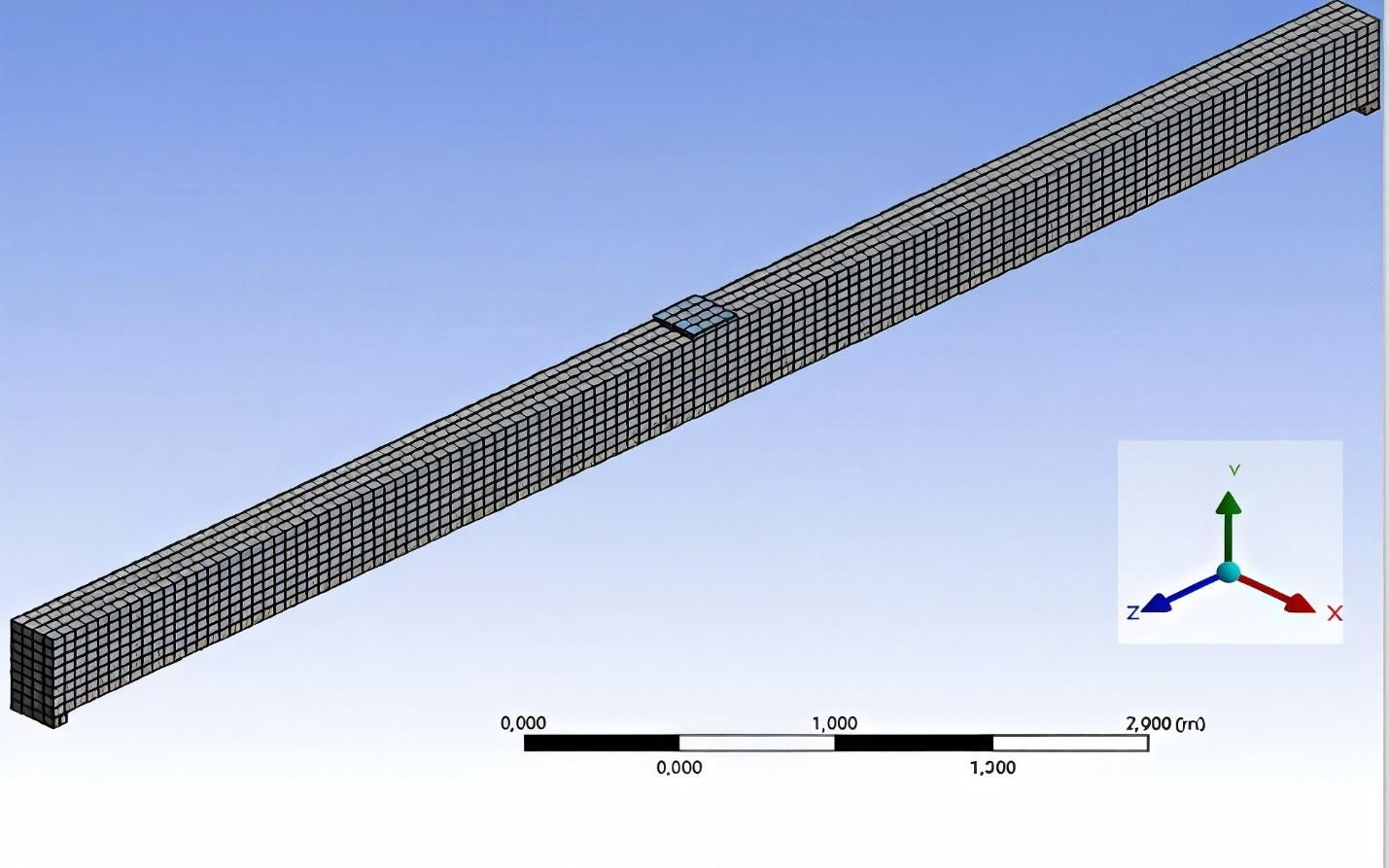
Figure 7 - Calculation model
3. Main results
3.1. Convergence Displacement
The primary parameter for the comparative analysis of these two beam variants in terms of composition is the convergence of the static problem solution. While the plots in Figure. 8 and Figure. 9 exhibit a similar overall shape, there is a notable difference in the number of iterations required. This discrepancy is likely due to variations in concrete density. Generally, the number of iterations increases with problem complexity; in this case, the most complex scenario involves unmodified concrete, which is denser and has twice the elasticity coefficient compared to concrete with diatomite
. In modified concrete, the addition of amorphous silica diatomite reacts with Portland cement lime, resulting in a reduced water requirement (Equation 3).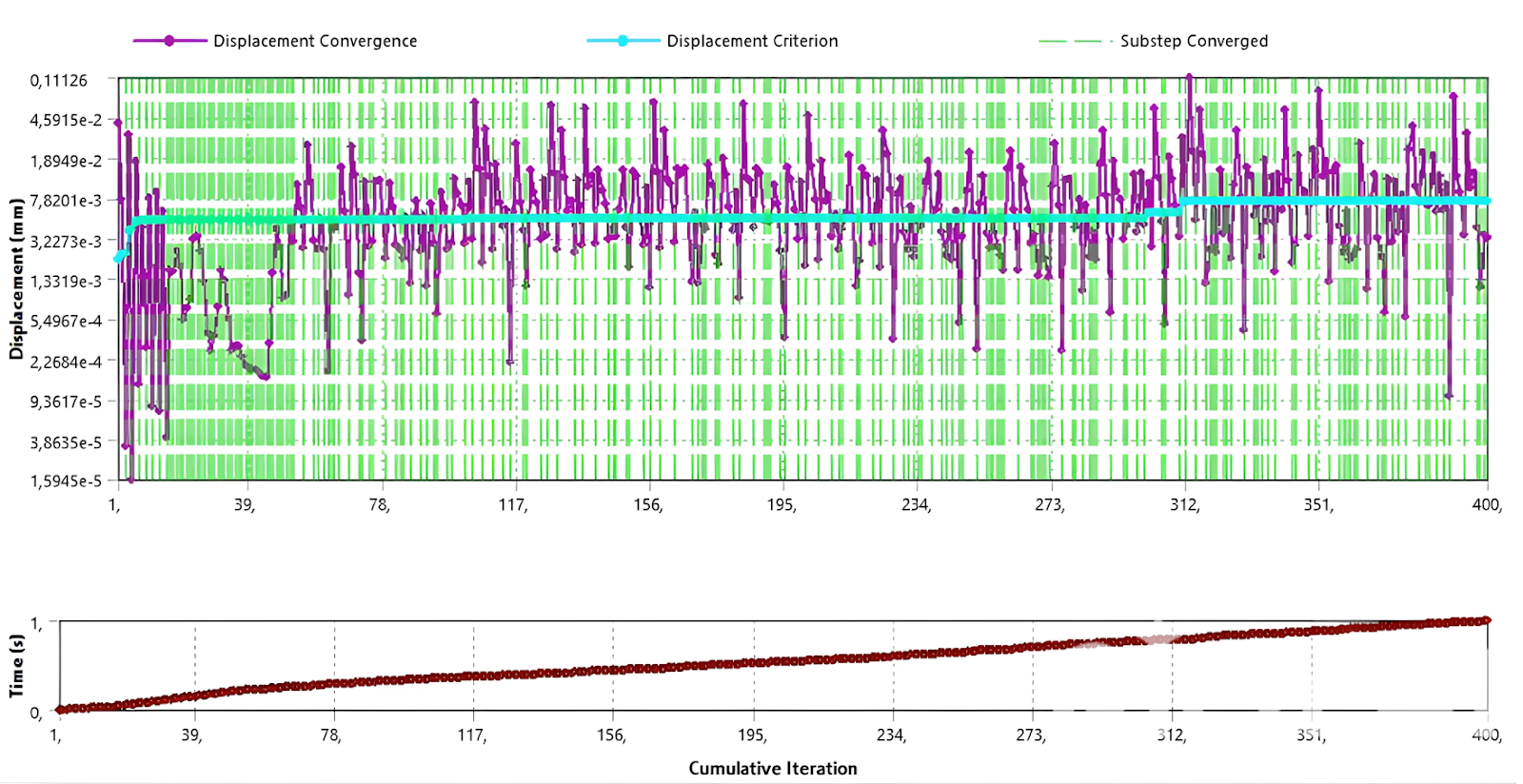
Figure 8 - Displacement convergence for concrete with diatomite
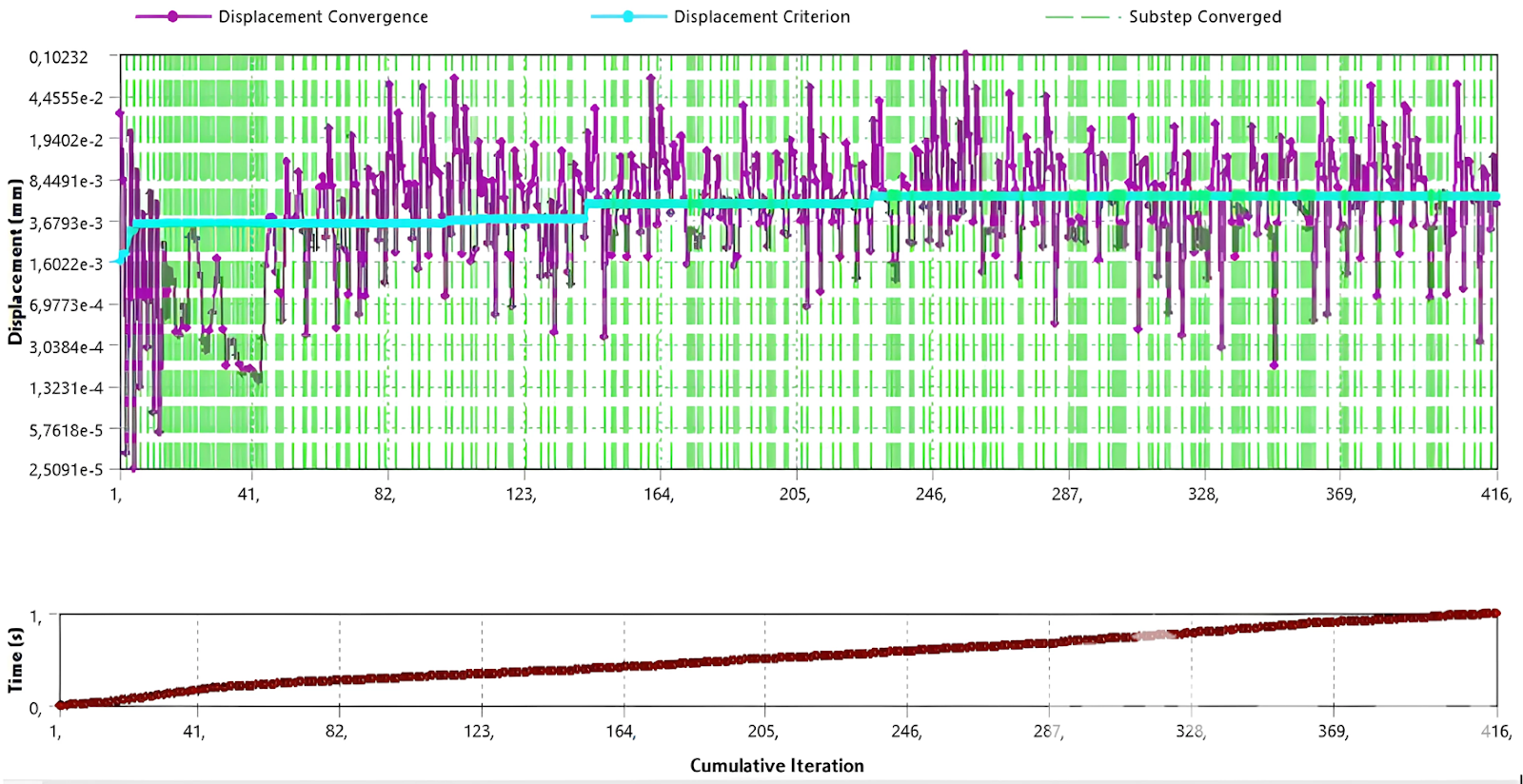
Figure 9 - Displacement convergence for concrete without diatomite
Analyzing the vertical displacement diagrams (Fig. 10, 11), it can be seen that the maximum deflections resulted from the calculation of concrete with diatomite. According to Equation 4
, the modulus of elasticity of concrete is a direct function of its density; hence, it can be assumed that the decrease in density led to a decrease in the modulus of elasticity of the modified concrete.where; E — modulus of elasticity ; γ — dead weight of concrete ; R — ultimate strength.
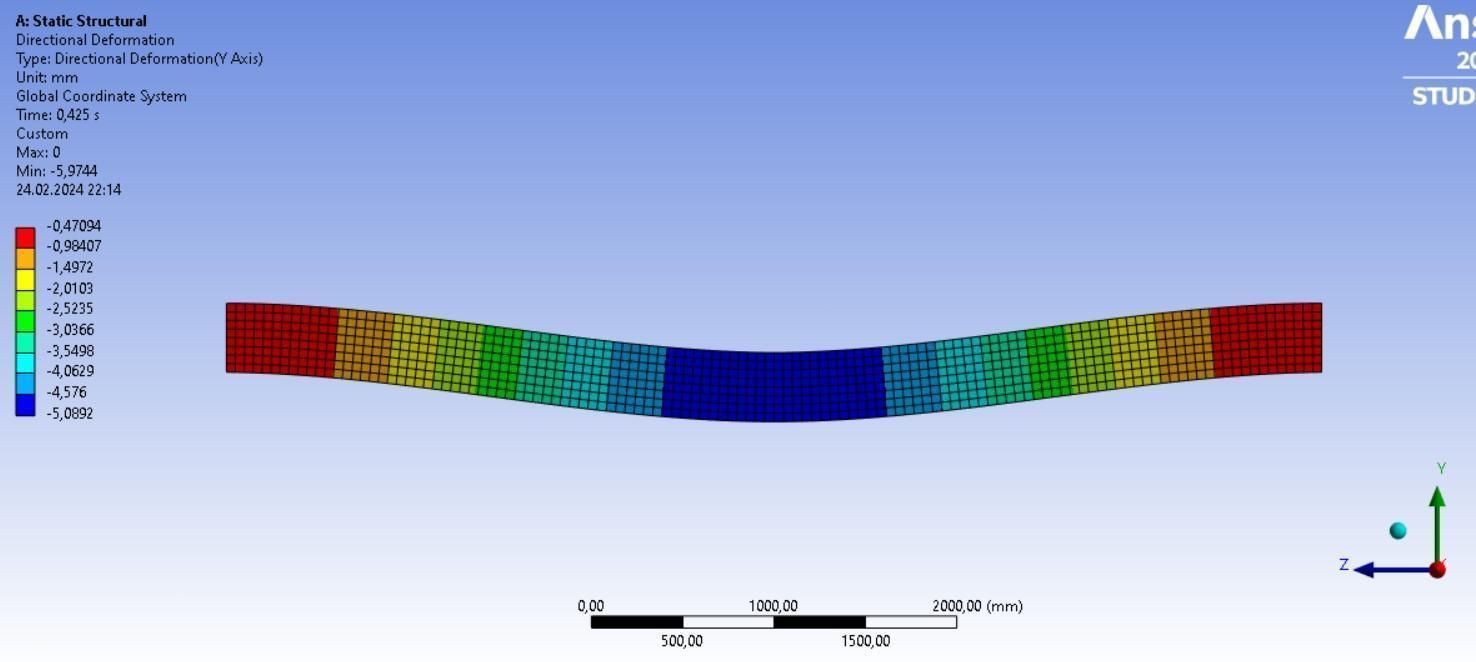
Figure 10 - Beam deflections in concrete with diatomite
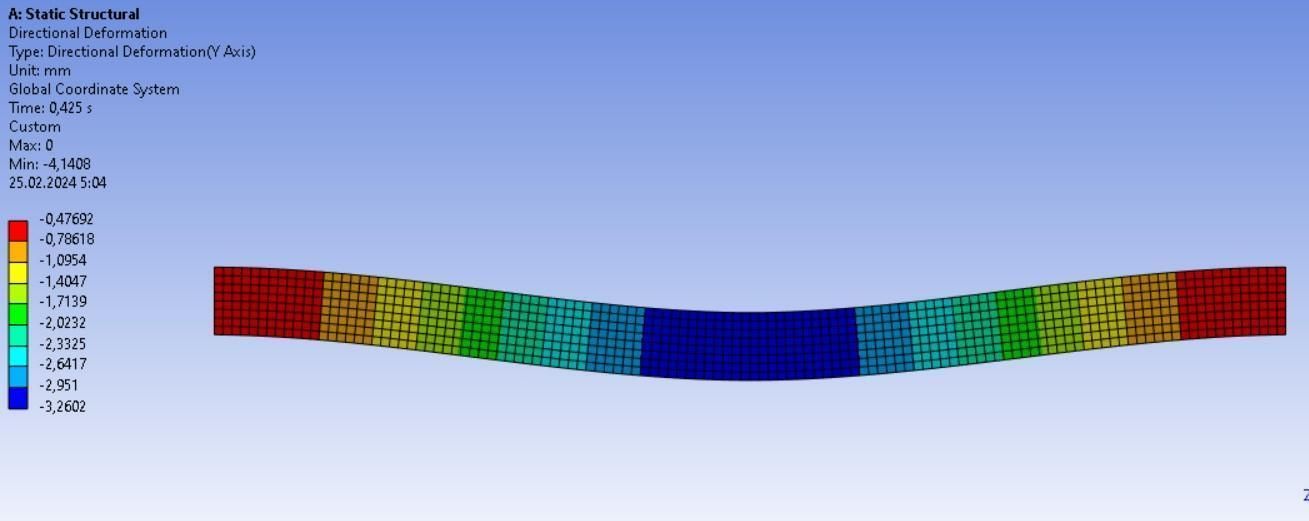
Figure 11 - Beam deflections in concrete without diatomite
The normal stresses in both beams are approximately equal, which is expected given that the cross-sections are identical, and the loading conditions differ only slightly due to variations in self-weight. The higher normal stresses observed in the unmodified concrete are attributed to the greater effect of external forces, which are more pronounced compared to the concrete with diatomite. This is because normal stresses are directly proportional to the magnitude of external forces
, .where: E — modulus of elasticity N/mm2 (Mpa); ε- relative strain, mm; σ — normal stress, N/mm2 ; F — total external force, N ; A — load area, mm; l — initial length, mm; ∆l — elongation, mm.
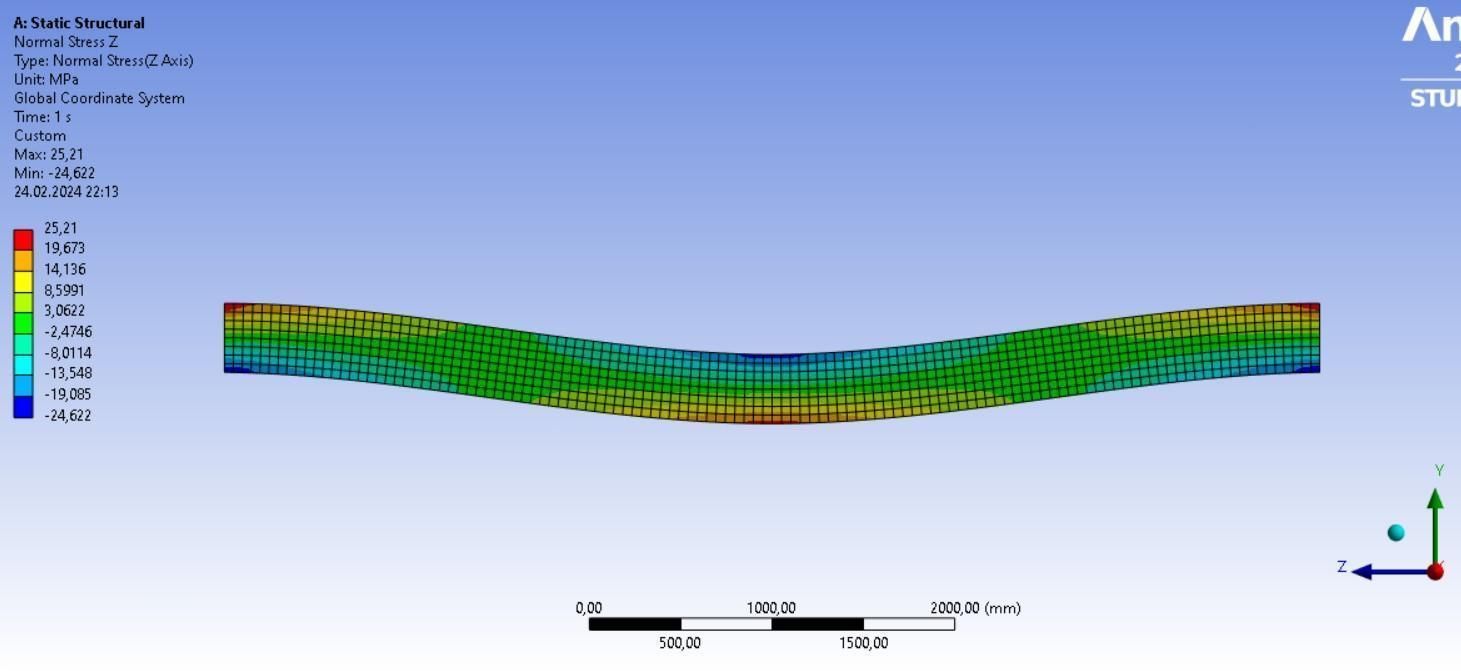
Figure 12 - Normal stresses in concrete with diatomite
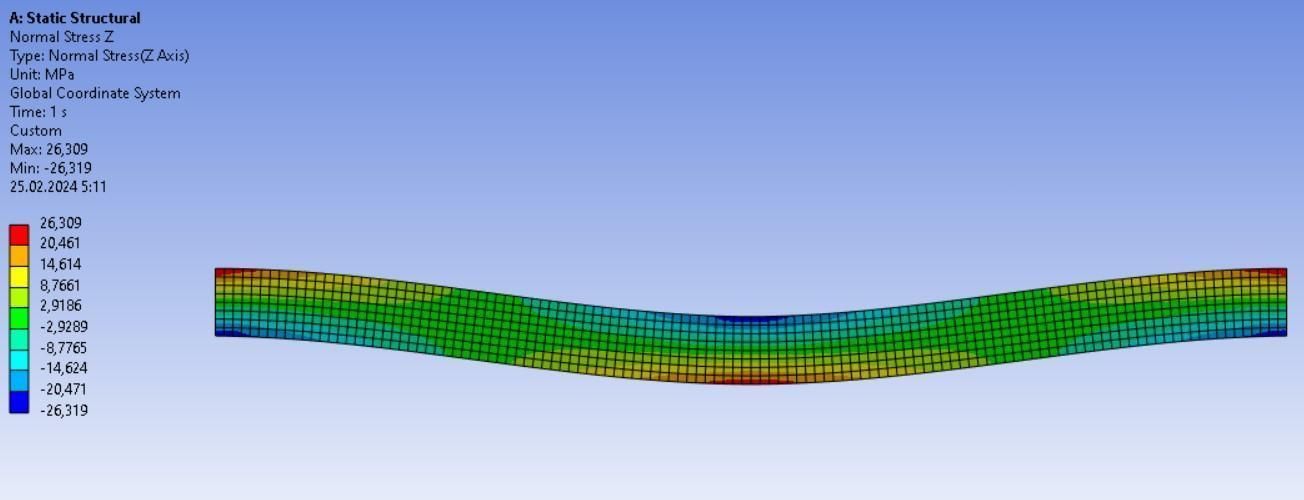
Figure 13 - Normal stresses in concrete without diatomite
4. Conclusion
The static analysis results revealed that modified concrete using Ethiopian raw materials (diatomite) performs similarly to conventional concrete. The outcomes were comparable across convergence displacement, normal stresses and vertical displacement parameters. The partial replacement of cement with diatomaceous earth offers a key practical advantage by reducing the dead weight of the concrete. Additionally, the normal stresses were lower in concrete containing diatomite than in unmodified concrete. However, this replacement also led to a reduction in concrete strength and an increase in vertical displacements. It is crucial to emphasize that the effectiveness of partial cement replacement depends heavily on the chemical composition of the diatomite, particularly the proportion of calcium oxide (CaO). In this study, diatomite was successfully used to replace up to 10% of cement without requiring superplasticizers.
